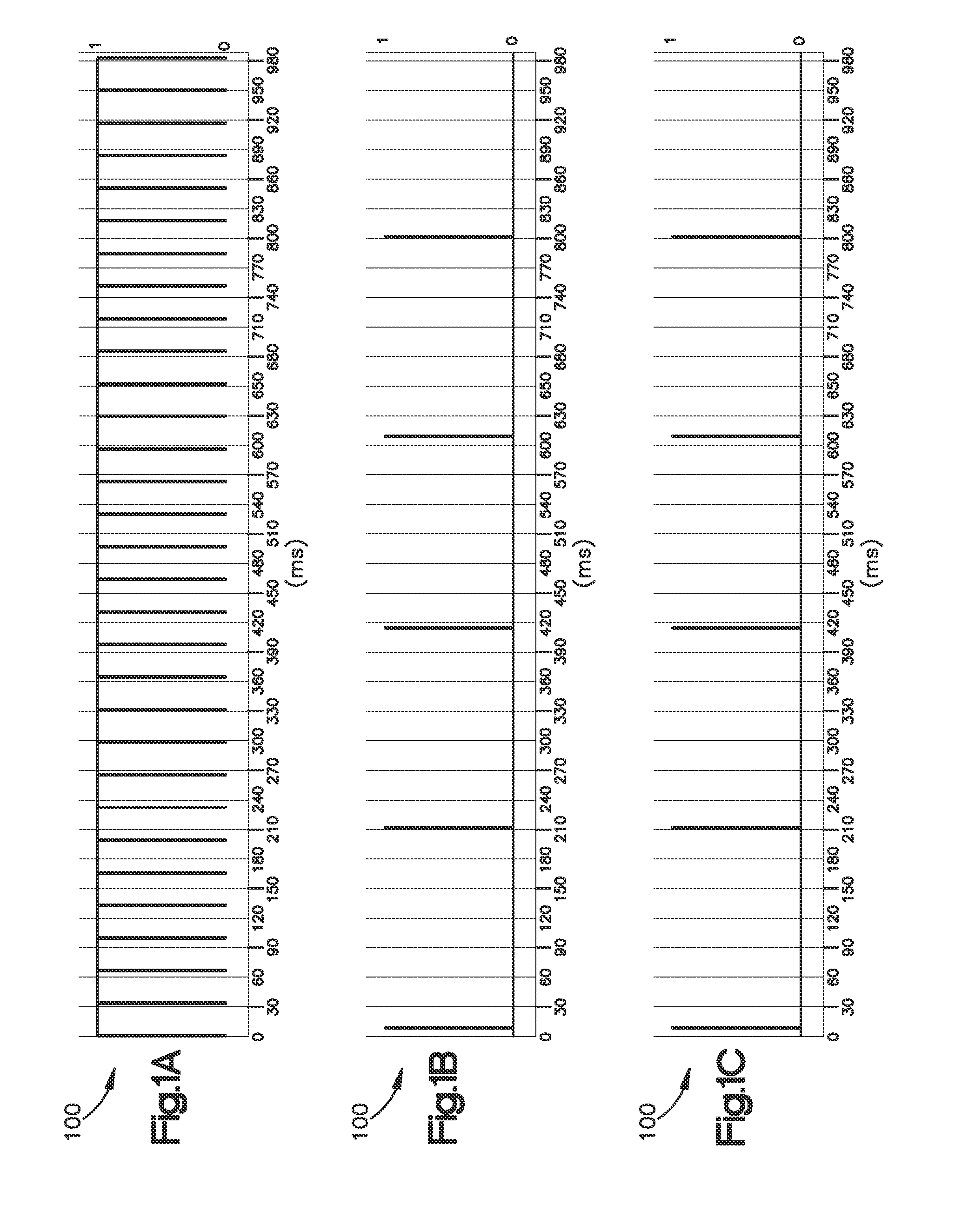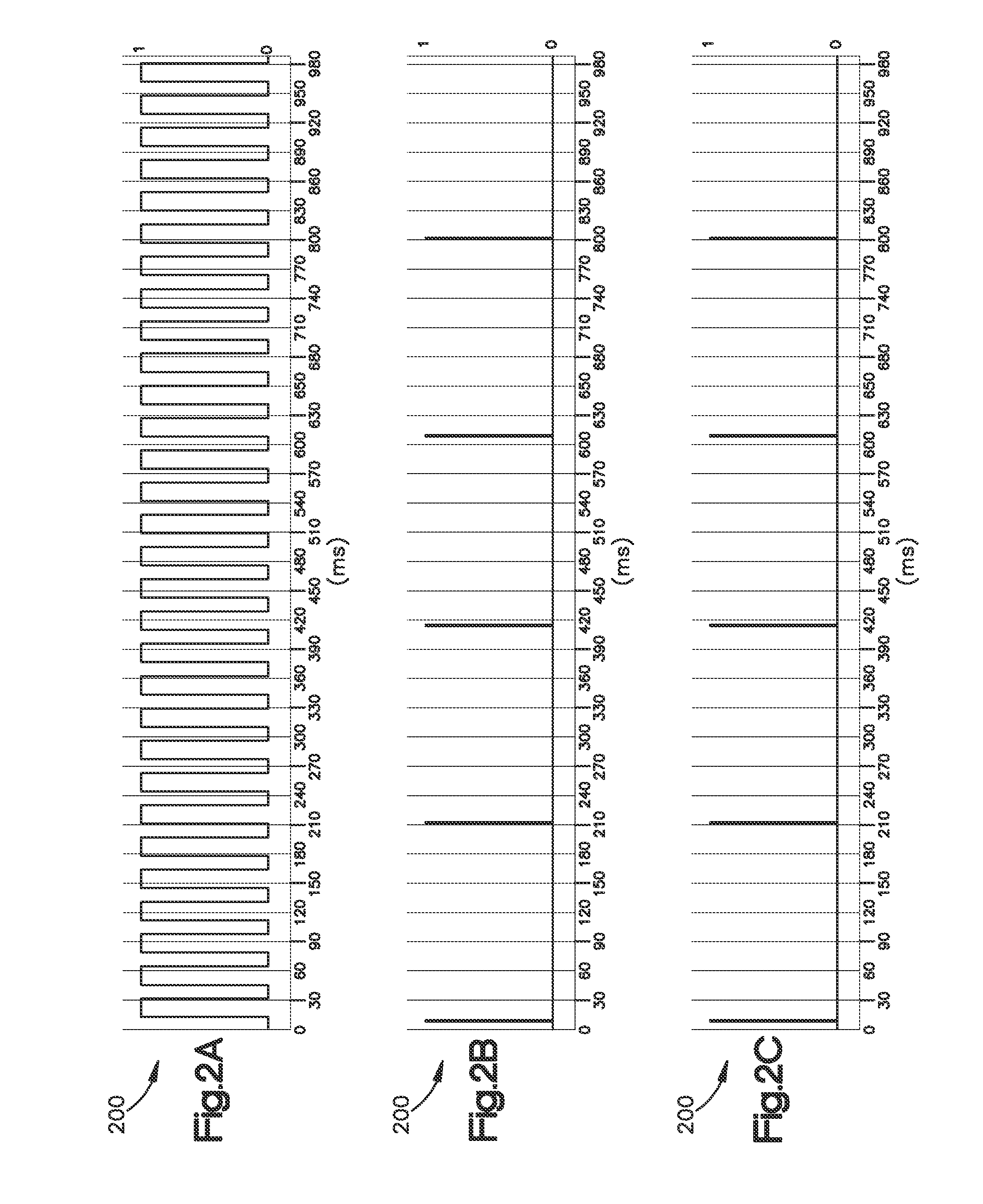Apparatus for light intensity adjustment
a technology of light intensity adjustment and apparatus, which is applied in the field of apparatus for light intensity adjustment, can solve the problems of inability to efficiently control the intensity of light, the frame rate cannot be changed without re-initialization of the imager, and the high light conditions are too long, so as to avoid the stroboscopic effect, avoid the effect of stroboscopic effect, and operate accurately
- Summary
- Abstract
- Description
- Claims
- Application Information
AI Technical Summary
Benefits of technology
Problems solved by technology
Method used
Image
Examples
Embodiment Construction
[0068]In the following detailed description, reference is made to the accompanying drawings, which form a part thereof, and in which is shown by way of illustration specific aspects in which the disclosure may be practiced. It is understood that other aspects may be utilized and structural or logical changes may be made without departing from the scope of the present invention. The following detailed description, therefore, is not to be taken in a limiting sense, and the scope of the present invention is defined by the appended claims.
[0069]In the following, an automotive camera with the fixed aperture and an apparatus for light intensity adjustment is described. The apparatus can be used for controlling amount of light that reaches an image sensor, also denoted as imager of the camera. The apparatus comprises two polarizer filters, one of which may move with respect to another in such a way, that the amount of transmitted light is gradually changed. This allows keeping image sensor...
PUM
 Login to View More
Login to View More Abstract
Description
Claims
Application Information
 Login to View More
Login to View More - R&D
- Intellectual Property
- Life Sciences
- Materials
- Tech Scout
- Unparalleled Data Quality
- Higher Quality Content
- 60% Fewer Hallucinations
Browse by: Latest US Patents, China's latest patents, Technical Efficacy Thesaurus, Application Domain, Technology Topic, Popular Technical Reports.
© 2025 PatSnap. All rights reserved.Legal|Privacy policy|Modern Slavery Act Transparency Statement|Sitemap|About US| Contact US: help@patsnap.com



